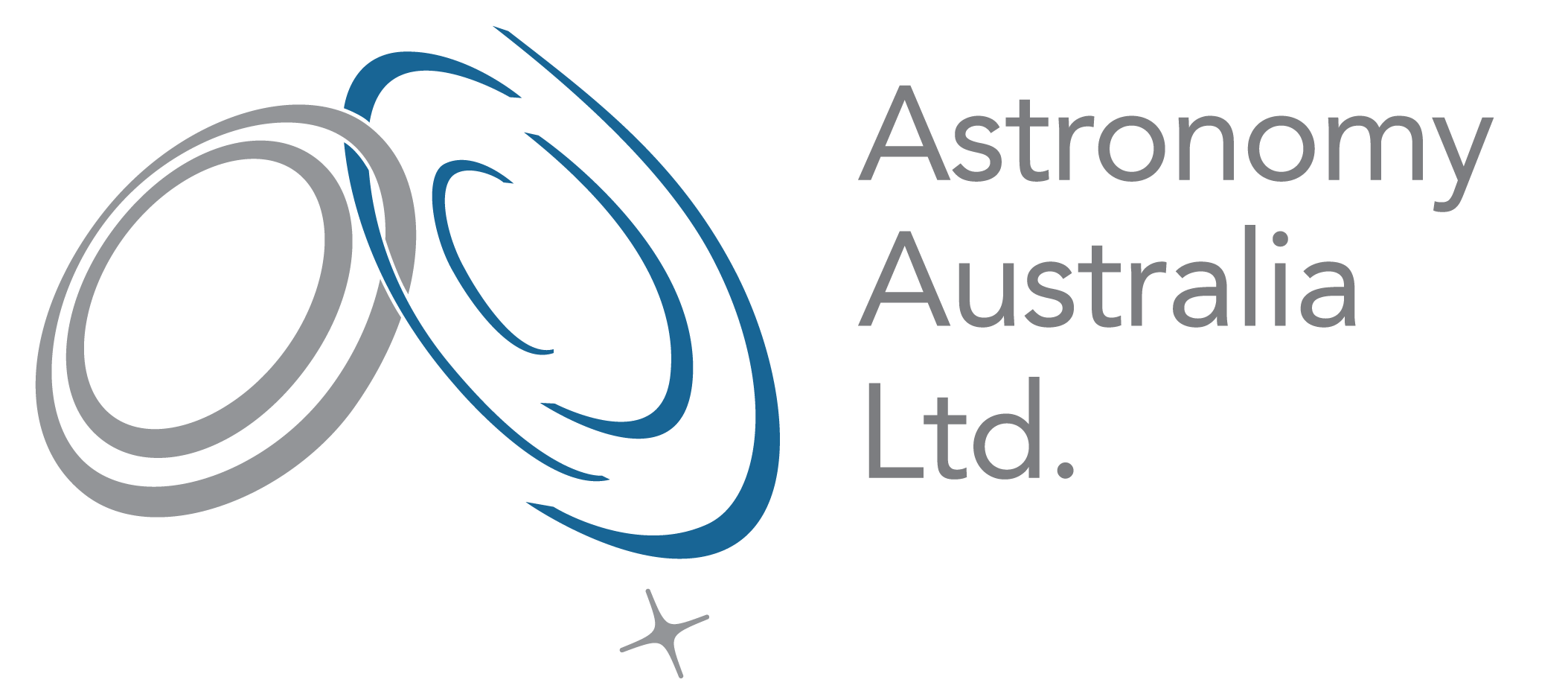The Anglo-Australian Telescope (AAT) Consortium is currently seeking expressions of interest from international groups to engage with the AAT facility through pay-for-access arrangements from July 2022.
The AAT is a 3.9m equatorially-mounted Cassegrain reflector, located at Siding Spring Observatory in NSW, Australia. It can be accessed via remote observing from nodes around the world. The telescope is operated by the Australian National University on behalf of the funding Consortium, which at present comprises 13 Australian universities.
The AAT currently offers four facility-class spectrographic instruments: AAOmega (with 2dF or Koala), Hermes and Veloce. The new Hector spectrograph is expected to come online in 2021. This flyer gives more details about these instruments and their capabilities. Requests for the use of visitor instruments on the AAT will also be considered.
As part of this call, we welcome proposals and are open to conversations regarding conditions of access, including joining the Consortium as a full partner, medium-to-long-term paid-time contracts, data-sharing or access, or other innovative arrangements. These may also include potential public outreach components.
If you are interested in seeking access on the AAT, please contact Dr Lucyna Chudczer, AAL’s Program Manager for the AAT ([email protected]), by May 31 2021. Please include an expression of interest (up to 2 pages) detailing how you wish to use the telescope; this may involve instruments of interest, length/time of proposed use, research details or the outreach component, and level and source of potential funding support.
For more information regarding the AAT, including available instruments and capabilities, please visit: aat.anu.edu.au/science
